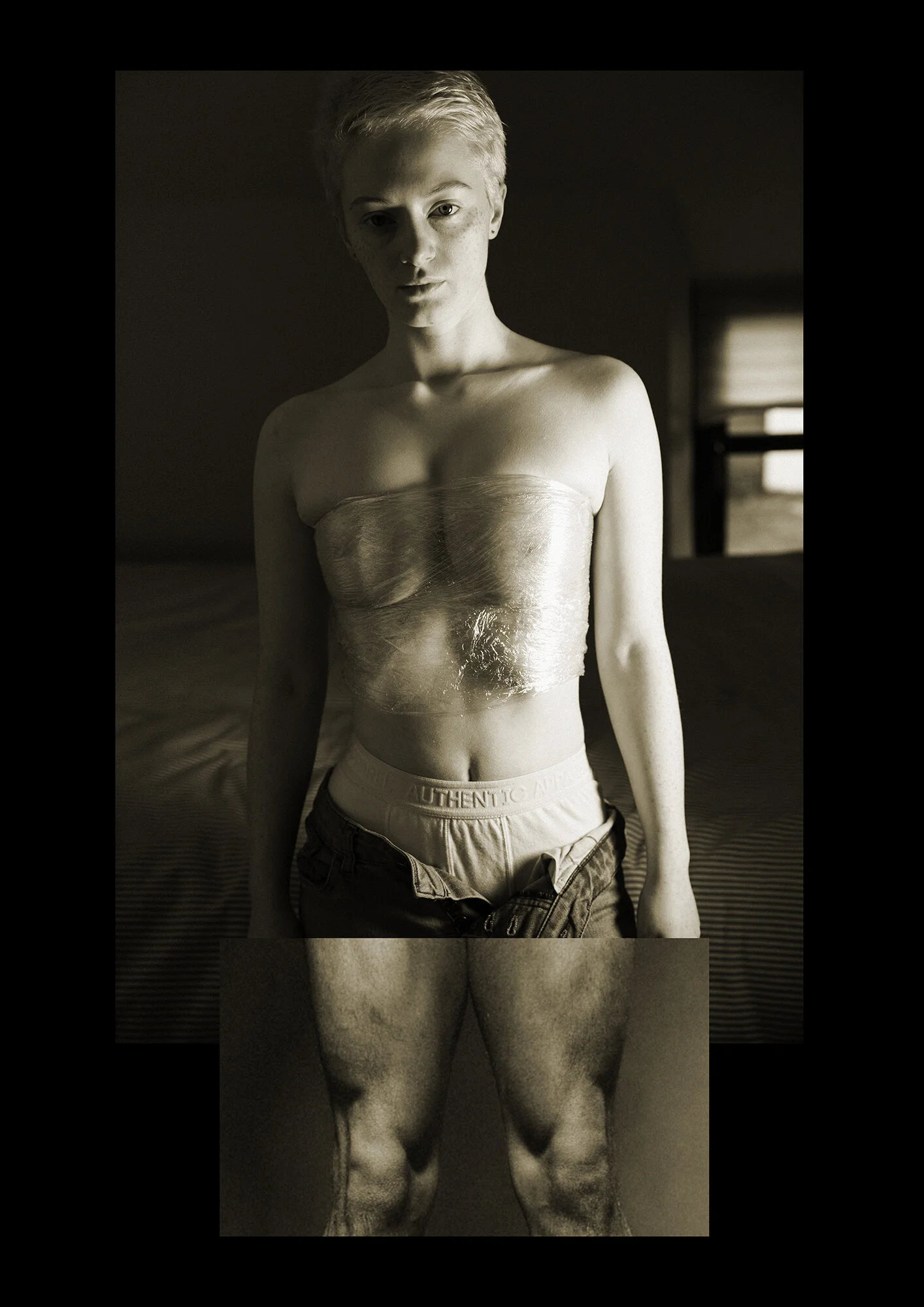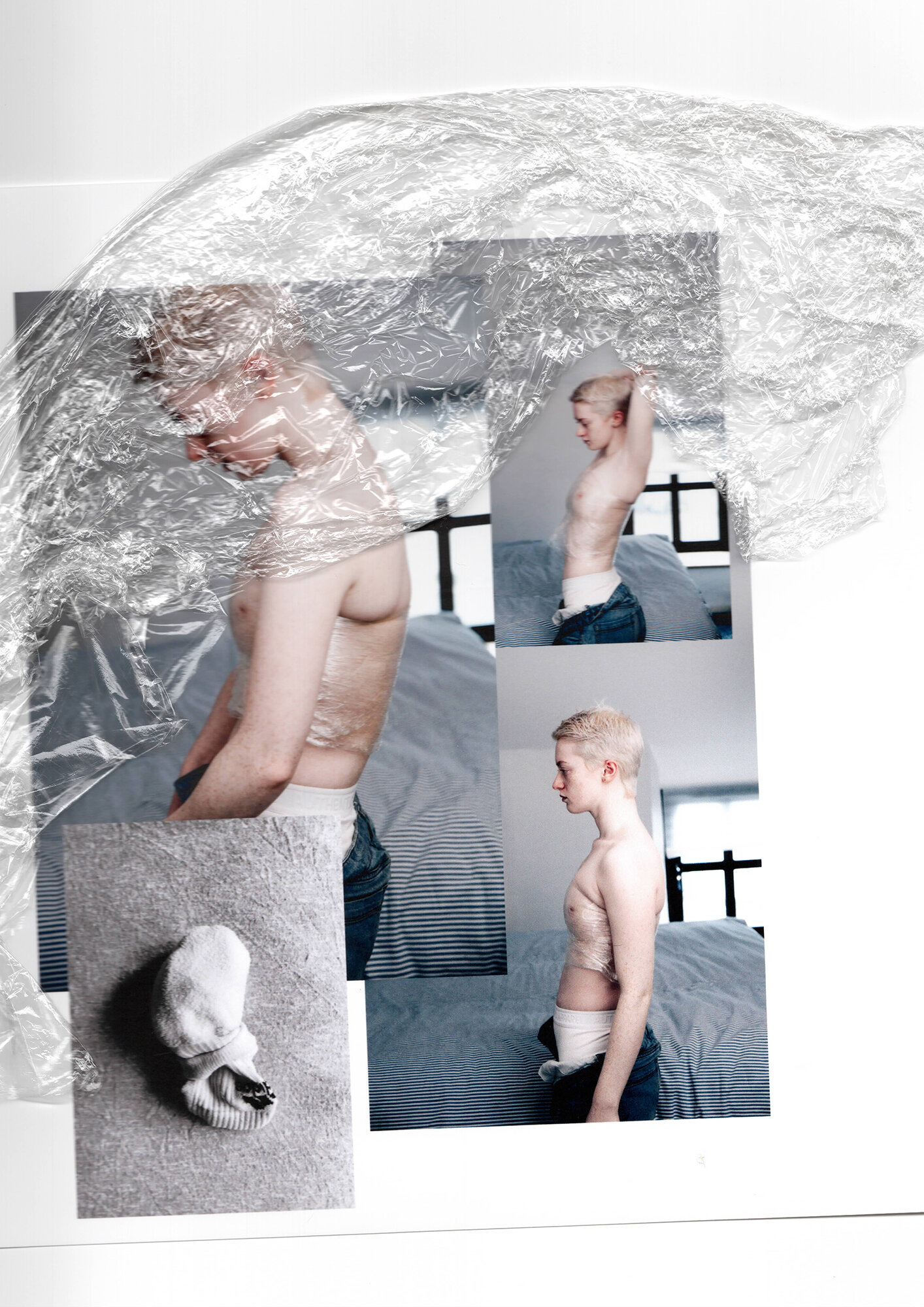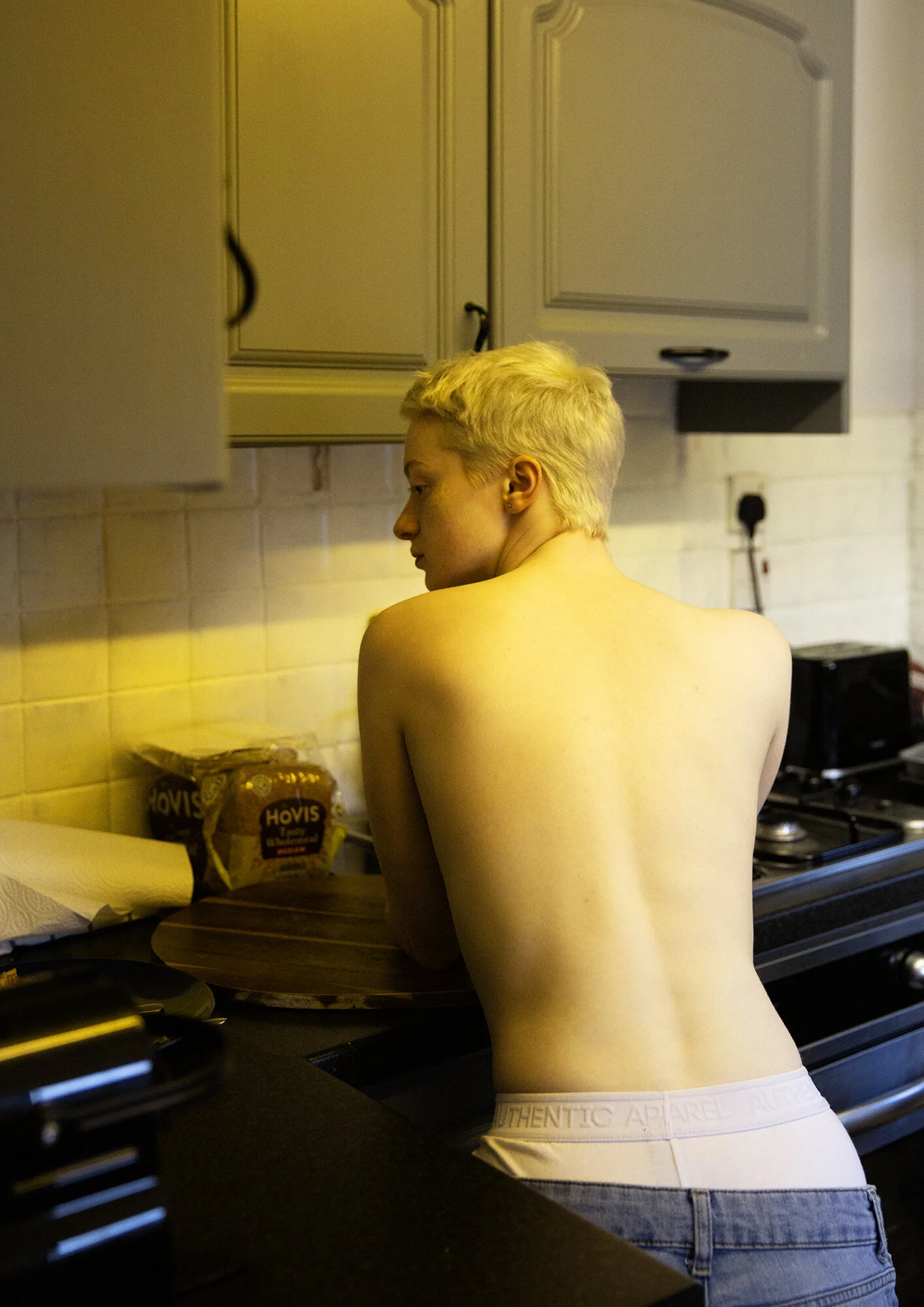Oh Keith My Boy
© Eilish Mccormick
© Eilish Mccormick
For many, gender and sexuality are binary, falling into strict categories. Females like males and exhibit feminine traits like putting on dresses, growing their hair long, or baking. Males like females and exhibit stereotypically masculine traits: they lift weights and play sports, and never cry. For many, there is no in between.
© Eilish Mccormick
As a child, Eilish Mccormick identified more with the male gender than female: “I would have been considered a ‘tomboy’ growing up,” Mccormick said, “I hated wearing dresses, I wanted to have short hair and do all the things boys did, I didn't like playing with dolls, I would rather be outside playing football.” Mccormick was frustrated by the confines of gender, the stereotypes of how she should act or what she should do simply because she’s a woman.
In her recent, and most personal, series Oh Keith My Boy, Mccormick wanted to depict someone who’s appearance did not conform to traditional gender roles, who really represented a woman like herself who felt suffocated by the gender binary as a child. The photographs show the subject, a model named Sarah, posed in different rooms and environments, exhibiting her masculine side. Sarah represents the non-gender conforming individual Mccormick wanted to be when she was young- a person she came to name Keith. Each photograph shows a different facet of Keith: one photograph depicts Keith wrapping her chest with clear plastic wrap, hiding her breasts so that she appears more masculine. Another shows a page in a journal beside photos of Keith dressed in suit and tie. The page in the journal repeats the sentence over and over again, “I must wear my skirt to school at all times,” showing society’s desperate need for people to conform to the gender binary.
© Eilish Mccormick
© Eilish Mccormick
This series is a celebration of expression and represents a kind of freedom; it has allowed Mccormick to express herself and her views on gender and sexuality in ways she couldn’t when she was young. It is not only freeing for Mccormick, but is freeing for others who do not feel like they belong to one gender norm or the other. Gender is a spectrum and should be treated as such. Mccormick said, “Understanding the vast spectrum of gender and knowing there is no right or wrong expression helps to explain and understand behaviours of the past and encourages an unwillingness to conform to outdated gender stereotypes.” Through this series, Mccormick celebrates gender fluidity and encourages others to do so as well.
You can view more of Eilish Mccormick’s work here.












